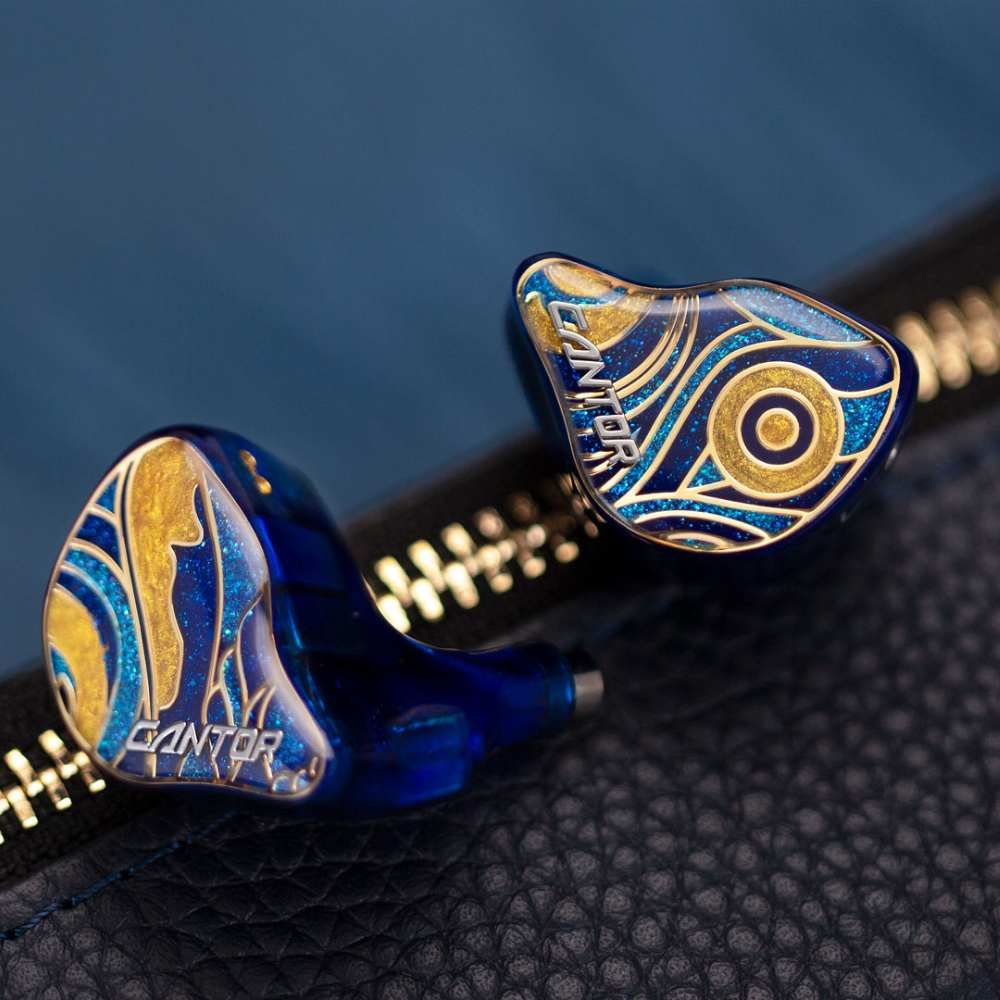Cantorvs.Orchestra Lite
Sound & Specs Comparison
Information
Both IEMs are widely regarded in the audiophile community. See how they differ in terms of sub-bass response, upper mids, clarity, and overall tonality. Spider charts and rating breakdowns included.
Objective Comparison
Facts, details, stuff.
| General Info | Cantor | Orchestra Lite |
|---|---|---|
| Brand | AFUL | Kiwi Ears |
| Country | Taiwan | UK |
| IEM Description | The AFUL Cantor combines technical precision with musicality in a hybrid design. Featuring a dynamic driver for powerful bass and multiple balanced armatures for clean mids and sparkly highs, it delivers a spacious soundstage with excellent separation. Tuning leans slightly toward a balanced-bright signature, making it a solid choice for detail lovers who still want some low-end punch. | – |
| Price Level | 500 – 1.000 | 100 – 500 |
| Housing & Driver | ||
|---|---|---|
| Driver Config | Multi-BA | – |
| Driver Types | Balanced Armature | – |
| Shell Material | – | – |
| Cable | 4Braid 5N OFC Cable | – |
| Technical | ||
|---|---|---|
| Freq Range | – | – |
| Impedance (Ω) | 20 | – |
| Sensitivity (dB) | 106 | – |
| Crossover | RLC Network Electronic Crossover | – |
| Platform Info | ||
|---|---|---|
| Comments | 2 | 0 |
| Visit Count | 134 | 64 |
| External Reviews | 1 | 0 |
Meta Ratings
// Nothing to compare yet.
Sound Characteristics
Cantor produces sub-bass that is overwhelmingly more textured and present in cinematic or bass-heavy tracks (8.5 vs 4). It enhances basslines with overwhelmingly more energy and grip, giving them a livelier feel compared to Orchestra Lite (9 vs 4.5). It adds overwhelmingly more body and slam to bass hits, which makes it feel more physical than Orchestra Lite (8.5 vs 4). Male vocals and lower instruments sound overwhelmingly richer and better defined on It, unlike Orchestra Lite which can seem hollow (8.5 vs 4.5). It reproduces female vocals and strings with a more air and forwardness, while Orchestra Lite remains recessed (8 vs 5). It provides a more refined lower treble, resolving fine detail and air with greater finesse than Orchestra Lite (8 vs 6.5). It creates a a wider soundstage, giving instruments more space and a better sense of placement than Orchestra Lite (8 vs 6.8). The retrieval of faint audio cues on It is d more convincing, while Orchestra Lite tends to gloss over them (8.8 vs 7). It organizes musical elements m better across depth, enhancing spatial realism over Orchestra Lite (8.3 vs 6.3). It avoids frequency masking a more successfully, preserving clarity across the spectrum better than Orchestra Lite (8 vs 6). It adds m more body and density to musical notes, enriching the overall texture compared to Orchestra Lite (7.5 vs 6). It hits with a more authority during transients, creating a more explosive effect than Orchestra Lite (8.5 vs 6.3). It handles sibilant sounds a more gently, with fewer peaks and less sharpness than Orchestra Lite (8.5 vs 7.3). It presents instrument timbre with b more natural coloration, giving a realistic tone that Orchestra Lite lacks (7.5 vs 6.8). Across the frequency range, It stays c more consistent in tonal balance, resulting in a smoother listen than Orchestra Lite (8.8 vs 5.8). Subtle ridges and granularity are conveyed m more clearly on It, adding life that Orchestra Lite doesn’t quite match (8 vs 5.5).
| Cantor | Orchestra Lite | |
|---|---|---|
| Sub Bass | 8.5 | 4.0 |
| Bass | 9.0 | 4.5 |
| Bass Feel | 8.5 | 4.0 |
| Lower Mids | 8.5 | 4.5 |
| Upper Mids | 8.0 | 5.0 |
| Lower Treble | 8.0 | 6.5 |
| Upper Treble | 7.5 | 7.3 |
| Sound Stage Width | 8.0 | 6.8 |
| Detail | 8.8 | 7.0 |
| Layering | 8.3 | 6.3 |
| Masking | 8.0 | 6.0 |
| Note Weight | 7.5 | 6.0 |
| Slam | 8.5 | 6.3 |
| Sibilance | 8.5 | 7.3 |
| Timbre Color | 7.5 | 6.8 |
| Tonality | 8.8 | 5.8 |
| Texture | 8.0 | 5.5 |
Tonal Signature
// Nothing to compare yet.

